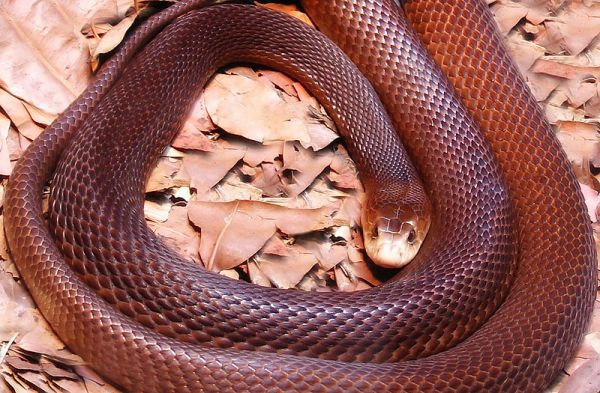
In 2002, Bryan Fry, the Venom Doctor, was going through the belongings of Straun Sutherland, the founder of the Australian Venom Research Unit (AVRU), who had recently died. He found a stockpile of snake venom that had been collected by "snake men" who captured snakes for research -as much as 80 years earlier!
“It was like opening a time capsule,” he says. “It gave me goosebumps. These were very personal samples to us. To be working with the milkings from that exact snake… these weren’t just letters on the side of the tube. They had historical and emotional value.”The venom may be old, but it will be used as a valuable research tool. Some of the snakes the venom came from are extinct. And using existing venom supplies is much safer than collecting it from the wild. Read more about the snake men of Australia and the work they did at Not Exactly Rocket Science.
They also had something that Fry did not expect—toxicity. Even though some of them were 80 years old, they could still kill.
It’s not like the samples had been carefully prepared. They had been crudely dried, kept in glass tubes with rubber stoppers, and stored at room temperature rather than in a freezer.
Still, Fry’s team found that they contained the same cocktail of proteins and had the same toxic effects as venom that had been recently collected from modern snakes of the same species. Death adder venom from the 1960s could still stop neurons from communicating with muscles. Taipan and tiger snake venom from the 1950s could still clot blood. The only vial that contained ineffective venom was also the only one where the rubber seal had eroded. Otherwise, the toxins were in great shape.

No comments:
Post a Comment